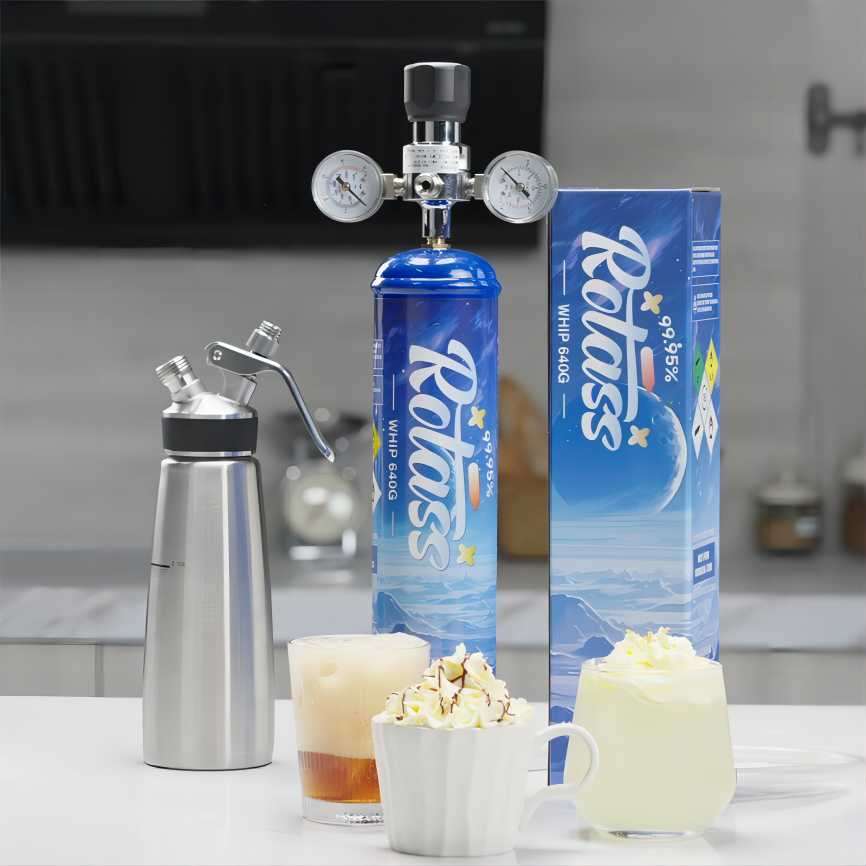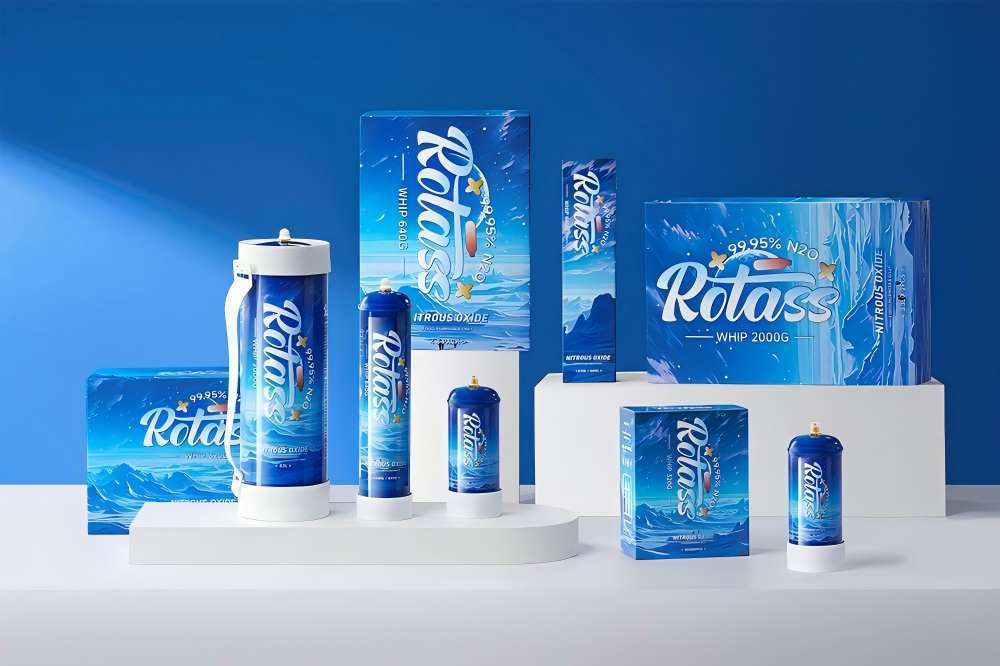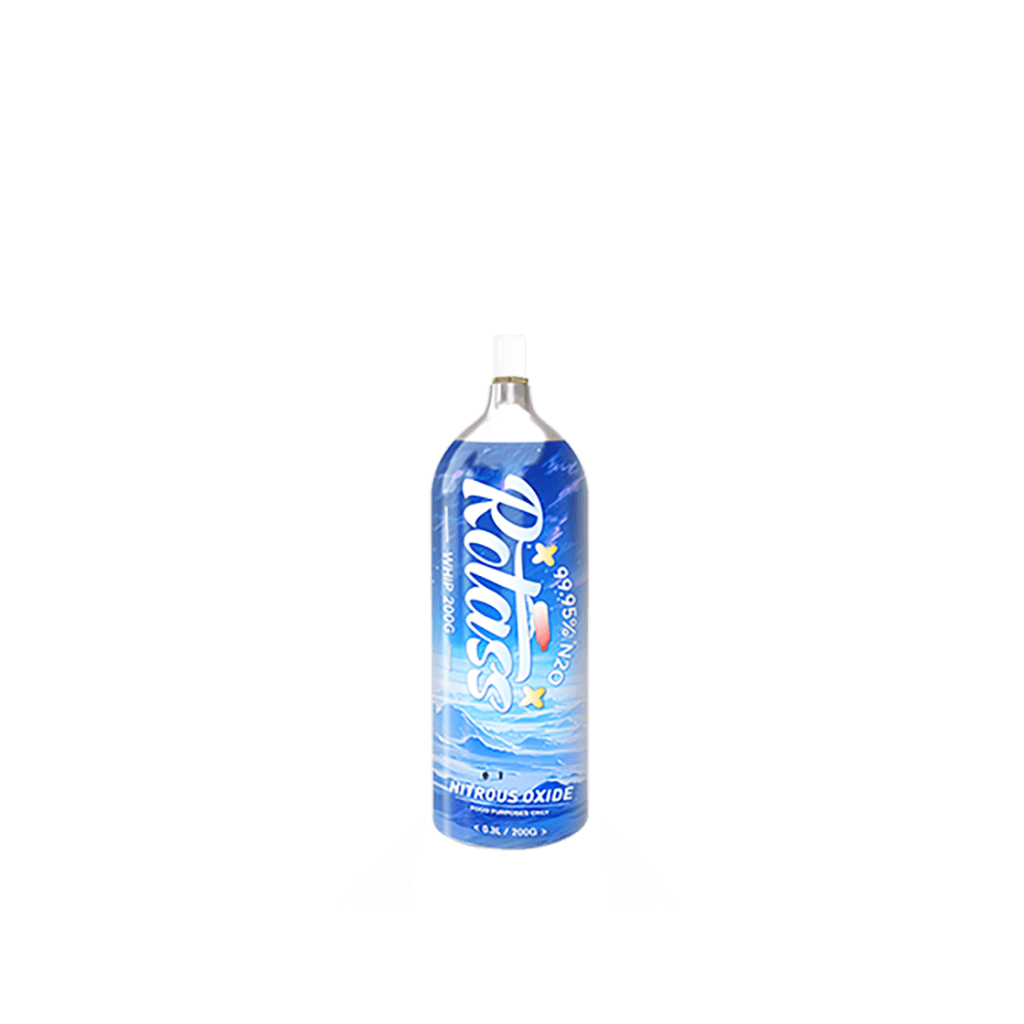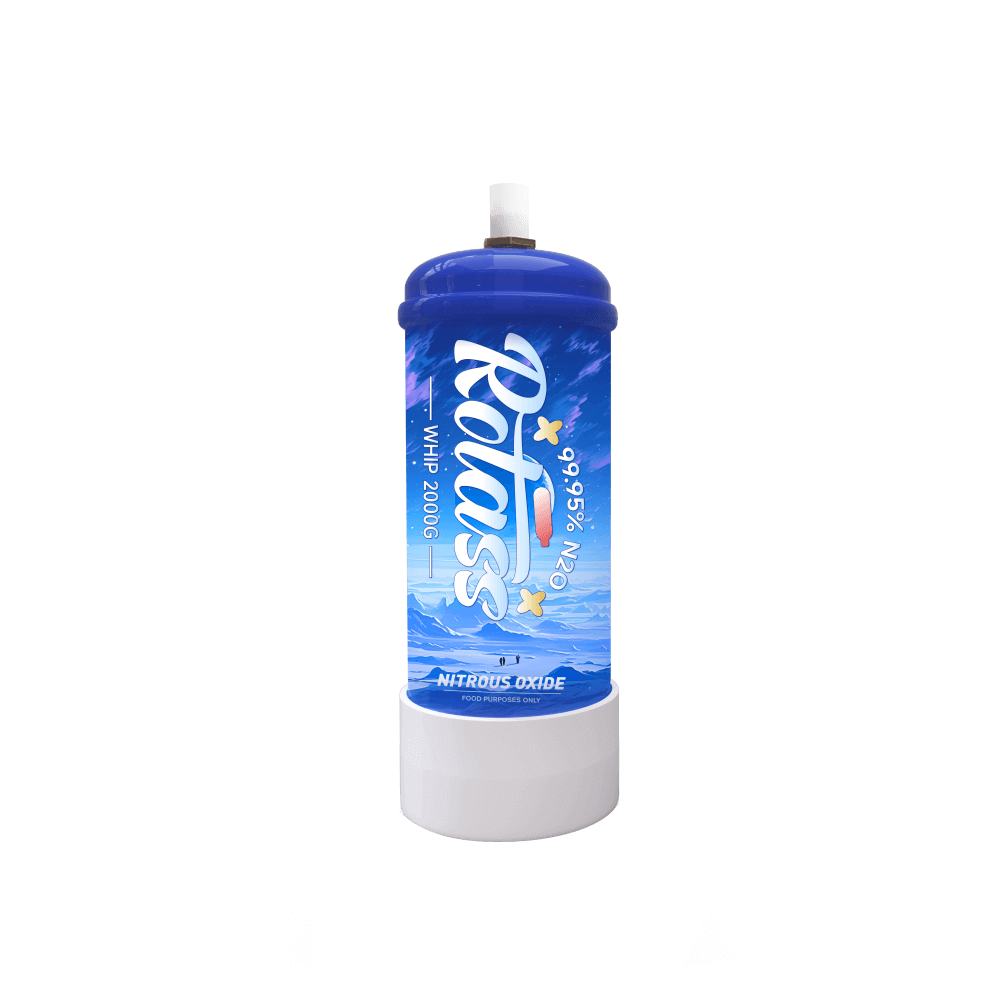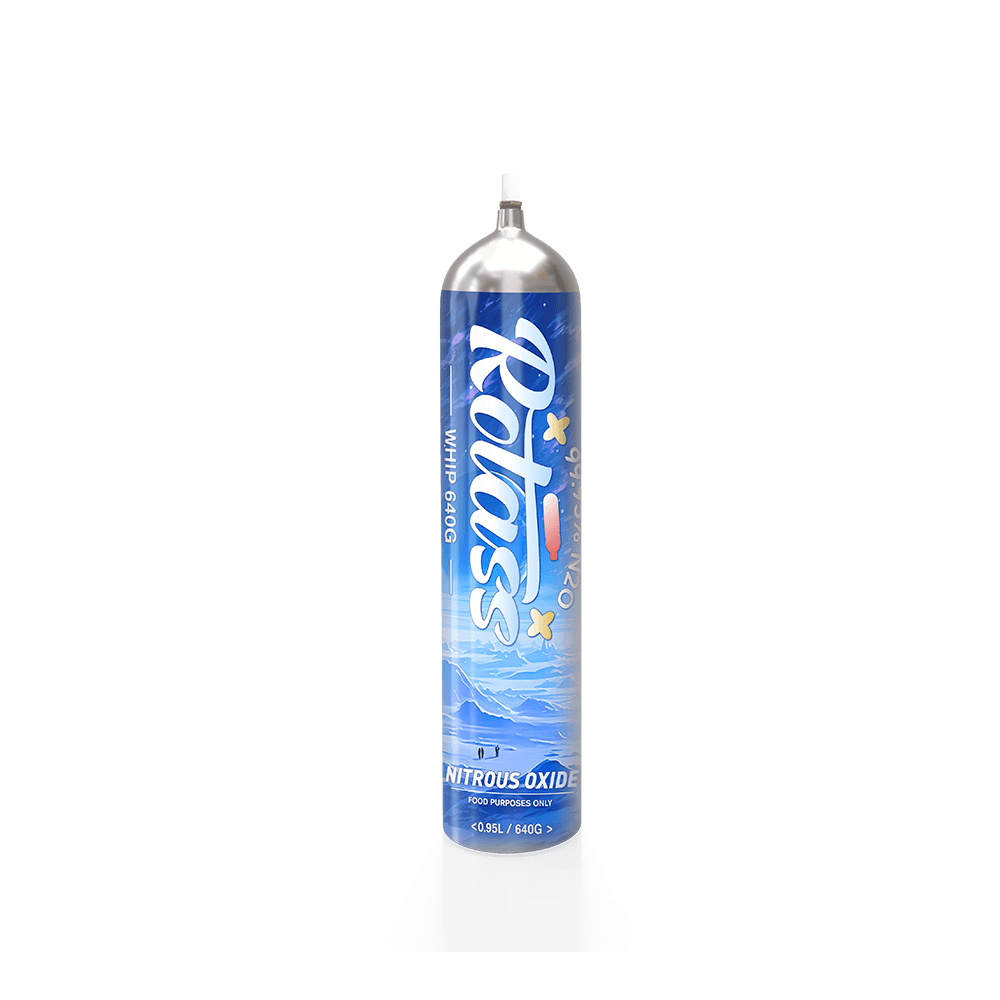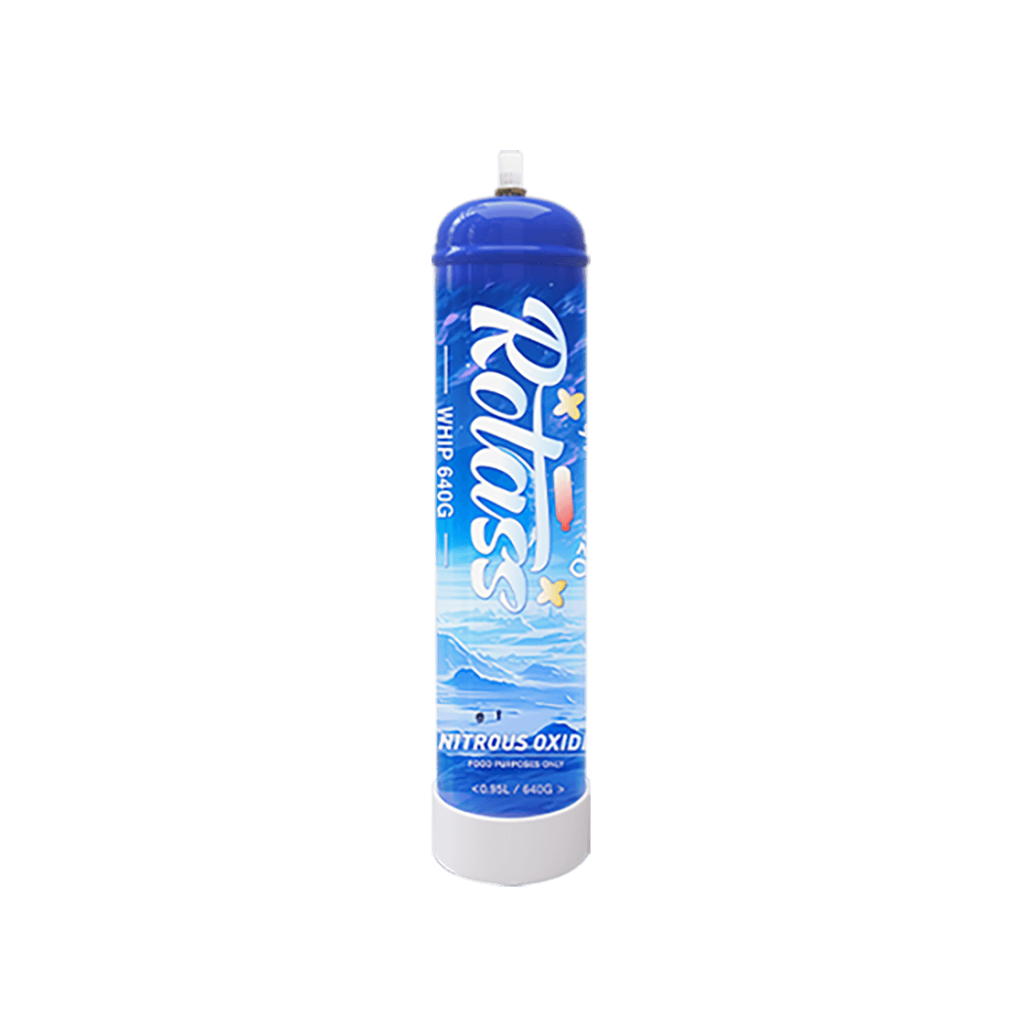2025 / 02 / 10
Exploring the Use and Market of Nitrous Oxide in Coffee Frothing?
Table of Contents
Nitrous oxide, a colorless gas often associated with dentistry, has found an intriguing application in the world of coffee. Its ability to rapidly create a fine, velvety foam has revolutionized milk frothing, transforming the coffee experience for many. This article delves into the science behind nitrous oxide coffee, explores its advantages and limitations, and examines the role of nitrous oxide cylinders and the nitrous oxide wholesale market in this emerging trend.

The Science Behind Nitrous Oxide Coffee Frothing
Traditional coffee frothing techniques involve steaming milk with hot water vapor, agitating the liquid to form a layer of foam. While this method is tried and true, it relies heavily on heat to achieve the desired frothy texture. In contrast, nitrous oxide provides a unique, low-temperature alternative. When nitrous oxide is released from a cylinder, it expands rapidly, creating tiny bubbles within the milk. This rapid expansion, coupled with the cooling effect of the gas, leads to the formation of an exceptionally smooth, velvety foam with a fine and consistent microfoam structure.
Unlike steam-based frothing, nitrous oxide foams the milk more efficiently by introducing gas bubbles into the liquid that are significantly smaller and more uniform in size. The result is a delicate, silky texture that elevates the quality of the coffee experience. This novel approach not only improves the visual appeal of the coffee but also enhances the mouthfeel, offering a more luxurious and balanced taste profile.
Advantages of Using Nitrous Oxide for Coffee Frothing
- Speed and Efficiency: Nitrous oxide frothing is significantly faster than traditional steaming. Baristas can achieve the desired foam consistency in seconds, increasing efficiency and allowing them to serve customers more quickly. This is particularly beneficial during peak hours in busy coffee shops.
- Enhanced Texture: The fine, uniform bubbles created by nitrous oxide result in a smoother, more consistent foam. This enhances the overall coffee experience, providing a luxurious and decadent mouthfeel.
- Preservation of Milk Flavor: The rapid cooling effect of nitrous oxide minimizes the risk of scorching the milk, which can impart an unpleasant burnt taste. By preserving the delicate flavors of the milk, nitrous oxide enhances the overall taste profile of the coffee.
- Versatility: Nitrous oxide frothing can be used with a variety of milk alternatives, including plant-based options like almond milk and oat milk, providing greater flexibility for baristas and catering to diverse dietary preferences.

Limitations and Considerations of Nitrous Oxide Frothing
- Cost: The initial investment in nitrous oxide cylinders and the associated equipment can be substantial for coffee shops. Additionally, the ongoing cost of replenishing nitrous oxide cylinders through nitrous oxide wholesale suppliers can significantly impact operating expenses.
- Safety Concerns: Nitrous oxide is a compressed gas and requires careful handling. Improper use can pose several safety risks:
- Frostbite: The rapid expansion of the gas can cause significant cooling, potentially leading to frostbite if the canister comes into direct contact with the skin.
- Inhalation Risks: Inhaling nitrous oxide directly can cause dizziness, hallucinations, and even loss of consciousness.
- Explosion Hazards: Improper handling or storage of nitrous oxide cylinders can increase the risk of explosions.
- Environmental Impact: Nitrous oxide is a potent greenhouse gas that contributes to climate change. While the impact of its use in coffee making is relatively small, it’s crucial to consider the environmental implications and explore more sustainable alternatives.
- Regulatory Compliance: The use and handling of nitrous oxide are subject to regulations in many jurisdictions. Coffee shops must ensure they comply with all relevant safety and environmental regulations, including proper storage, handling, and disposal of nitrous oxide cylinders.
Understanding the Nitrous Oxide Cylinder Market for Coffee Frothing
The growing popularity of nitrous oxide coffee has fueled a significant increase in the demand for nitrous oxide cylinders. The nitrous oxide wholesale market plays a crucial role in supplying coffee shops with the necessary equipment.
- Cylinder Types: A variety of nitrous oxide cylinders are available, ranging from small, portable cylinders for home use to larger, industrial-sized cylinders for high-volume coffee shops. The choice of cylinder depends on the specific needs of the coffee shop, including the volume of coffee produced and the frequency of use.
- Wholesale Suppliers: Nitrous oxide wholesale suppliers offer competitive pricing and convenient delivery options for coffee shops. They often provide guidance on cylinder selection, safety procedures, and regulatory compliance.
- Purchasing Considerations: When purchasing nitrous oxide cylinders, coffee shop owners should consider factors such as:
- Cylinder size and capacity: Choosing the appropriate cylinder size to match the volume of coffee produced.
- Supplier reliability: Select a reputable nitrous oxide wholesale supplier with a consistent supply and reliable delivery services.
- Safety features: Ensuring the cylinders are equipped with safety features such as pressure relief valves and tamper-evident seals.
- Regulatory compliance: Confirm that the supplier and the cylinders comply with all relevant safety and environmental regulations.

The Future of Nitrous Oxide in Coffee Making
While nitrous oxide offers significant advantages in coffee frothing, it’s essential to consider its environmental and economic impact. Ongoing research and development are crucial to explore more sustainable and cost-effective alternatives.
- Technological Advancements: Innovations in equipment design and delivery systems may improve the efficiency and safety of nitrous oxide use. This may include developing more energy-efficient systems and exploring alternative propellant options.
- Regulatory Frameworks: Clearer regulations and guidelines are needed to ensure the safe and responsible use of nitrous oxide in the coffee industry. This may include stricter regulations on storage, handling, and disposal of nitrous oxide cylinders.
- Environmental Responsibility: The coffee industry must strive to minimize its environmental impact by exploring alternative frothing methods, such as plant-based alternatives, and promoting the responsible use and disposal of nitrous oxide cylinders.
Nitrous oxide has undeniably revolutionized coffee frothing, offering baristas a powerful tool to create exceptional coffee experiences. However, it’s crucial to weigh the advantages against the limitations, including the environmental impact and safety concerns. By carefully considering these factors and embracing responsible practices, coffee shops can leverage the benefits of nitrous oxide while minimizing its potential drawbacks.


